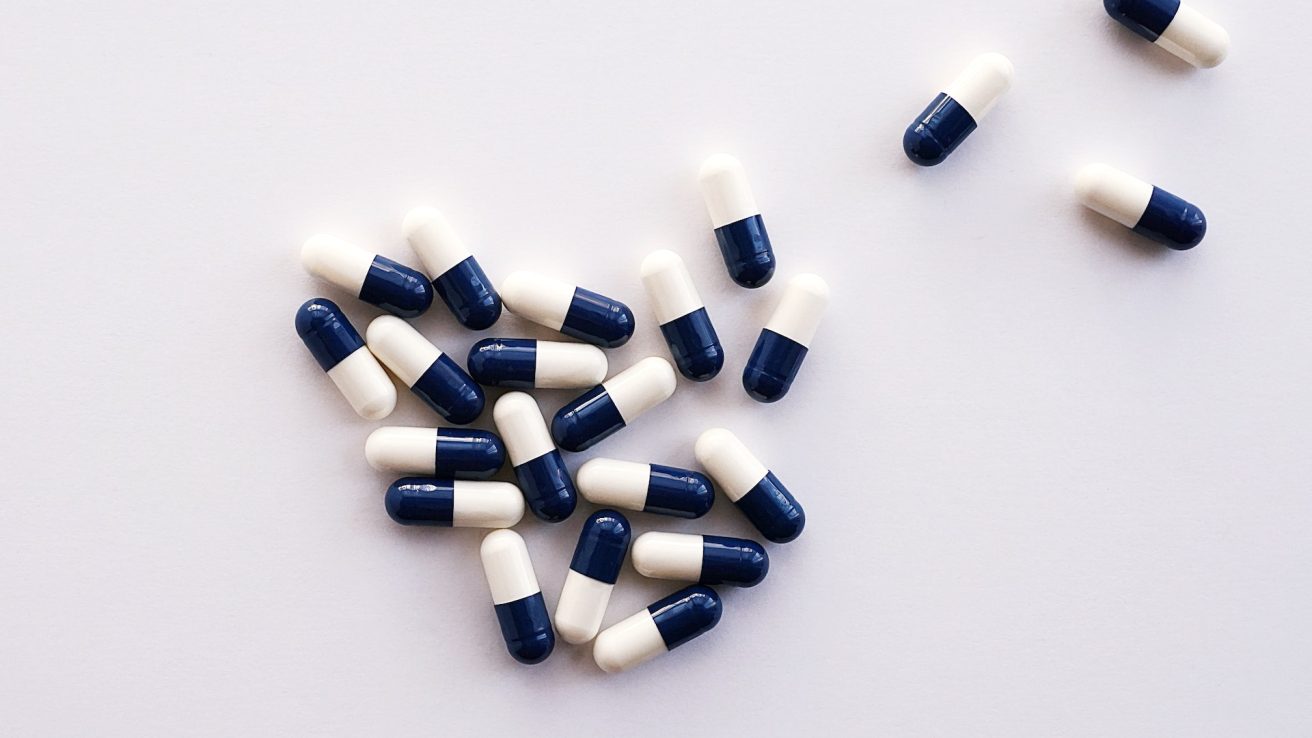Ritlecitinib shows great potential for the treatment of vitiligo. It is effective in reducing F-VASI and improving patient outcomes.
Vitiligo is an autoimmune disorder that causes skin depigmentation and affects 0.5%–2.0% of the population worldwide. Nonsegmental vitiligo (NSV) is the most common type, accounting for 85%–90% of cases, and it has an unpredictable clinical course with limited treatment options. Current treatment strategies aim to stop disease progression, repigment existing lesions, and maintain repigmentation. The JAK/STAT pathway is involved in the pathogenesis of vitiligo, and JAK inhibitors represent a new class of targeted immunotherapy that has shown efficacy in dermatologic conditions. Ritlecitinib is a JAK3 and TEC kinase family inhibitor under investigation for various autoimmune disorders, including vitiligo. A phase 2b study published in the Journal of the American Academy of Dermatology evaluated the safety and efficacy of oral ritlecitinib in patients with active NSV.
The dose-ranging period involved 578 patients, out of which 366 were randomized, and 364 received treatment. Of these, 18.1% of patients discontinued treatment, with patient withdrawal being the most common reason. Demographic and baseline characteristics were generally similar across groups.
Study Shows Ritlecitinib’s Effectiveness in Reducing F-VASI at Week 24 Versus Placebo
The study’s primary endpoint was the mean % change from baseline (CFB) in centrally-read facial Vitiligo Area Scoring Index (F-VASI) at week 24. Ritlecitinib 50 mg, with or without a loading dose, (200/50 mg, adjusted P < .001; 100/50 mg, adjusted P < .001; 50 mg, adjusted P < .001) and 30 mg (unadjusted P = .01) were significant in showing a difference versus placebo. Additionally, ritlecitinib 50 mg, with or without a loading dose, showed a significant difference versus placebo as early as week 8.
Ritlecitinib Shows Promise in Achieving F-VASI75 and Improving Patient Outcomes
The study also found that 12.1%, 8.5%, 7.7%, 2.7%, 2.3%, and 0% of patients achieved centrally-read F-VASI75 at week 24 in the respective groups. The difference from placebo was significant for ritlecitinib 50 mg with a loading dose (200/ 50 mg, unadjusted P = .008; 100/50 mg, unadjusted P = .03; 50 mg, unadjusted P = .04). The proportion of patients who achieved ‘‘very much improved’’ or ‘‘much improved’’ on the PGIC-V at week 24 was significantly greater with ritlecitinib 100/50 mg versus placebo.
Improvement in Vitiligo Patients in Extension Period
The extension period involved patients who were assigned to ritlecitinib 200/50 mg. Patients treated with ritlecitinib 200/50 mg in the extension period demonstrated accelerated improvement on the centrally-read F-VASI after week 28, regardless of initial treatment allocation. Continuous repigmentation with no plateau was observed up to week 48.
Ritlecitinib Shows Promising Results in Vitiligo Treatment
The drug showed significant improvement in the primary endpoint of the study, with ritlecitinib 50 mg, with or without a loading dose, and 30 mg showing significant differences versus placebo. Patients treated with ritlecitinib 200/50 mg in the extension period demonstrated accelerated improvement and continuous repigmentation with no plateau observed up to week 48. Further studies are needed to evaluate the long-term safety and efficacy of the drug.
Source:
Ezzedine, K., Peeva, E., Yamaguchi, Y., Cox, L. A., Banerjee, A., Han, G., Hamzavi, I., Ganesan, A. K., Picardo, M., Thaçi, D., Harris, J. E., Bae, J. M., Tsukamoto, K., Sinclair, R., Pandya, A. G., Sloan, A., Yu, D., Gandhi, K., Vincent, M. S., & King, B. (2023). Efficacy and safety of oral ritlecitinib for the treatment of active nonsegmental vitiligo: A randomized phase 2b clinical trial. J Am Acad Dermatol, 88(2), 395-403. https://doi.org/10.1016/j.jaad.2022.11.005










